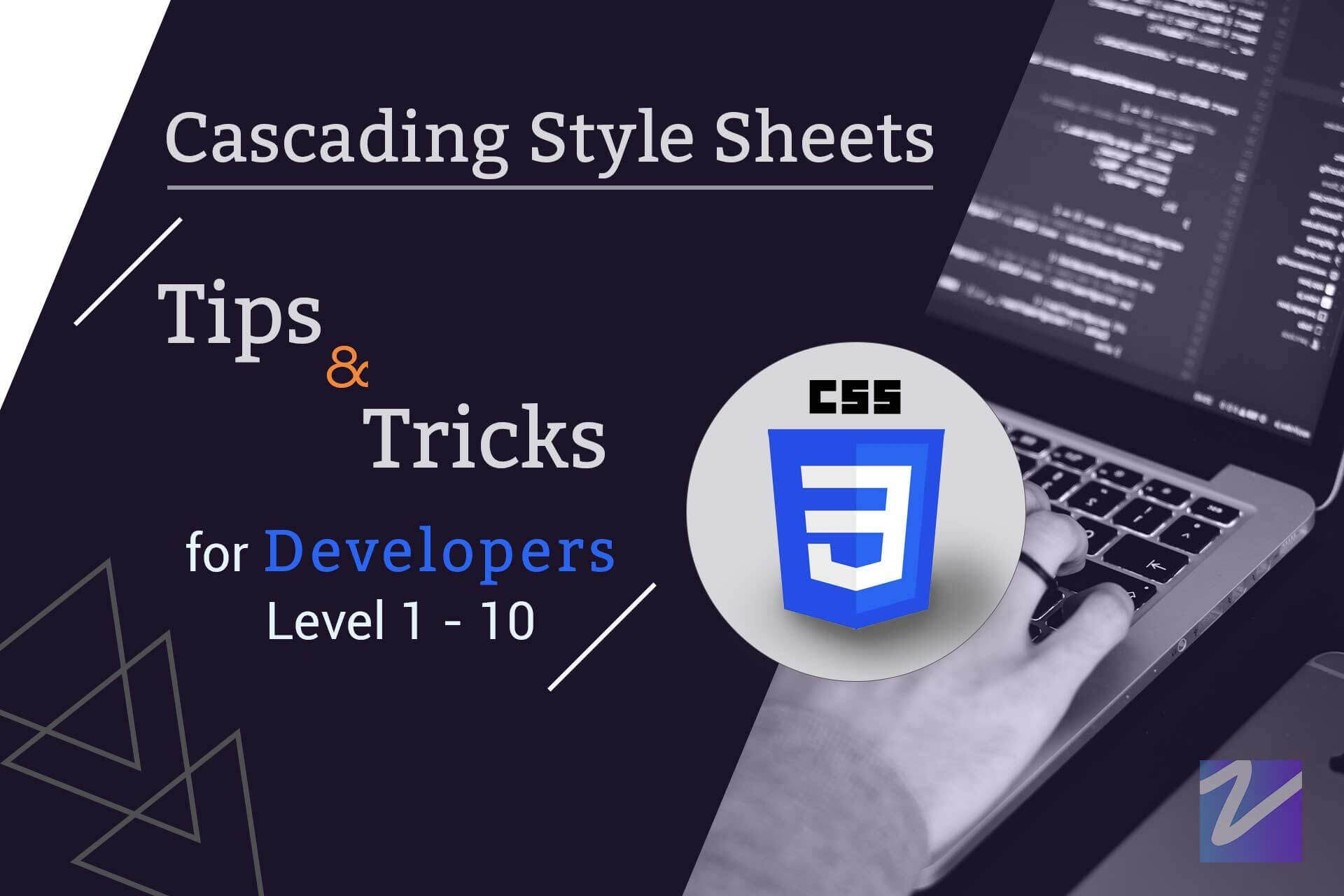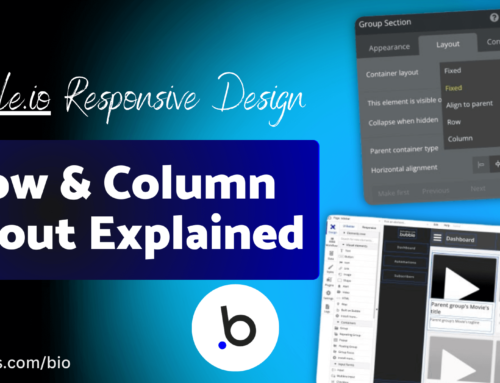As mobile devices continue to dominate internet usage, it’s essential for websites to be optimized for smaller screens. Implementing responsive design strategies can help ensure that your website looks great and functions seamlessly on any device, from desktop computers to smartphones.
In this blog post, we’ll discuss the importance of responsive design for mobile devices and provide some key strategies for optimizing your website’s layout and design for smaller screens.
Design for Mobile-First Mobile-first design is a popular approach that involves designing your website for mobile devices first, then scaling up for larger screens. This strategy ensures that your website’s design and layout work well on smaller screens and prioritizes the most important content. With mobile-first design, you can avoid overcrowding the screen with unnecessary content and keep your website’s design clean and organized.
Use Flexible Grid Systems Flexible grid systems are another important tool for optimizing your website’s design for mobile devices. These grids allow you to create a layout that adjusts dynamically based on screen size, ensuring that your website looks great and functions seamlessly on any device. Grid systems also help you maintain consistency across your website’s design, which is important for providing a seamless user experience.
Utilize Media Queries Media queries are an essential component of responsive design that allow you to target specific screen sizes and adjust your website’s layout and design accordingly. By using media queries, you can optimize your website’s design for any screen size, ensuring that your website looks great and functions seamlessly on any device.
Optimize Images Images are a critical element of any website’s design, but they can also slow down your website’s loading speed, especially on mobile devices. To optimize your website for mobile devices, you should optimize your images by compressing them and reducing their file size. You can also use responsive images, which are images that adjust dynamically based on screen size, ensuring that your website loads quickly and looks great on any device.
Simplify Navigation Navigation is another critical element of any website’s design, but it can be particularly challenging on mobile devices, where screen space is limited. To optimize your website’s navigation for mobile devices, you should simplify your menu and prioritize the most important pages. You can also use hamburger menus, which are a popular design pattern that helps to conserve screen space.
Test on Multiple Devices Finally, it’s essential to test your website’s design on multiple devices to ensure that it looks and functions seamlessly on any device. By testing on multiple devices, you can identify any design or layout issues and address them before they impact the user experience.
In conclusion, implementing responsive design strategies is critical for ensuring that your website looks great and functions seamlessly on mobile devices. By designing for mobile-first, using flexible grid systems, utilizing media queries, optimizing images, simplifying navigation, and testing on multiple devices, you can optimize your website for any screen size, providing a seamless user experience and improving engagement and conversion rates.




Leave A Comment